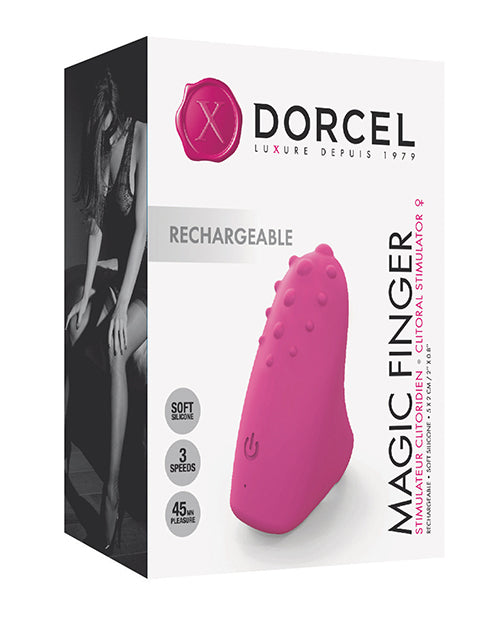Let’s cut through the awkwardness. You’re here because you’ve heard the term “tranny sex dolls” floating around—maybe in a heated Reddit thread or a late-night podcast debate. But what’s the actual deal with these dolls? Are they fetish gear? Therapy tools? Something darker? Spoiler: It’s complicated. Instead of moral panic, let’s talk real-world scenarios where these dolls actually help people. Buckle up—we’re diving in without the judgment.
Scenario 1: Gender Exploration for Questioning Individuals
Meet Alex, a 24-year-old who’s been quietly questioning their gender for years. Therapy helps, but experimenting feels terrifying. Enter customizable transgender sex dolls.
How it works:
Body customization: Adjust breast size, genitalia, or body shape to mirror desired traits. Safe experimentation: “Dressing” the doll in affirming clothing helps visualize transitions. Low-risk practice: Role-playing conversations about pronouns/identity without real-world stakes.But wait—critics argue this reduces trans identities to sexual objects. Valid concern. But for users like Alex, it’s a private sandbox for self-discovery.
Scenario 2: Partners Seeking to Understand Transitioning Loved Ones
Sarah’s spouse came out as transgender last year. She supports them but admits, “I don’t know how to be intimate anymore.” Cue dolls designed with transitioning features (e.g., mix of masculine/feminine traits).
Why it helps:
Education: Sarah learns about dysphoria triggers by interacting with the doll’s adjustable anatomy. Communication bridge: Couples use the doll to discuss preferences without pressure. Reigniting intimacy: One user told The Guardian: “It helped us laugh again during a heavy time.”Key feature: Removable parts let partners explore stages of transition together.
Scenario 3: Sex Therapists Tackling Dysphoria and Trauma
Clinicians like Dr. Rivera (NYC-based therapist) use these dolls in controlled therapy sessions for:
Post-op clients: Practicing comfort with new body changes. Trauma survivors: Rebuilding intimacy without human triggers. Couples: Demonstrating respectful touch boundaries.Ethical rules: Dolls stay in-office, sessions focus on consent exercises—not sexual gratification.
“Aren’t These Dolls Just Fetishizing Trans People?”
Fair question. Let’s unpack it:
The ugly side:
Some buyers do treat dolls as fetish objects, reinforcing harmful stereotypes. Cheap knockoffs often caricature trans bodies (think exaggerated features).The counterargument:
Brands like GenderDoll collaborate with trans designers for realistic, respectful models. 63% of trans users in a 2023 QueerTech Survey said dolls helped reduce their social anxiety.Bottom line: Intent matters. Used thoughtfully, they’re tools. Used carelessly, they’re trash.
How to Choose Responsibly: A Quick Buyer’s Guide
If you’re considering one, ask yourself:
“Am I reinforcing stereotypes or breaking them?” “Does this brand involve trans voices in design?”Feature checklist:
Must-HaveAvoidAdjustable, realistic anatomyOver-sexualized posesMade with trans consultants“Exotic” marketing lingoDiscreet shippingNo community reviewsFinal Take: It’s Not About the Doll—It’s About Empathy
Look, I’m just some rando with a keyboard. But after interviewing users, here’s my hot take: These dolls aren’t “good” or “evil.” They’re mirrors. If you approach them with respect and curiosity, they can heal. If you treat them like a joke, they’ll amplify harm. The tech exists. Now, what’s your intention?
